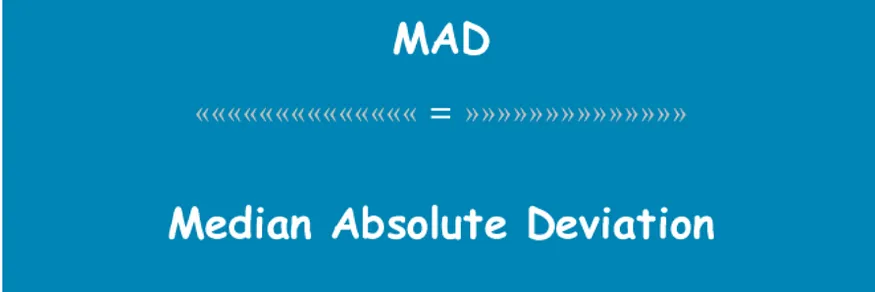Mode: The Most Frequent & Common Term in Stats


Let’s see with an example:-

For the data set of NY, you can see $3.00 appears twice and it has the most appearance. The mode of pizza prices in NY is $3.00
For the data set of LA, you can see no number appears twice (or more). Then we can say no mode of pizza prices in LA.
Generally, there are 2 or 3 modes that are quite frequent. You can pick one of them depending on the purpose of your work.
Lets see the uses cases in Datascience:-
1. Categorical Data Analysis
The mode is particularly useful for summarizing categorical data, where it represents the most common category.

Example: In a survey of favorite ice cream flavors, the mode can reveal the most popular flavor among respondents.
2. Market Basket Analysis
In retail and e-commerce, the mode can identify the most frequently purchased items or combinations of items.
Example: Analyzing transaction data to find the most frequently bought product can help in stock management and targeted marketing.
3. Mode Imputation
For missing data, especially in categorical variables, the mode is often used to fill in missing values.

Example: In a dataset of survey responses with missing values for Degree, imputing the missing entries with the mode (most common Degree) ensures that the data remains consistent.
4. Identifying Common Patterns
The mode can help identify the most common patterns or behaviors in a dataset.
Example: In analyzing website traffic, the mode of the day of the week with the highest number of visits can help in scheduling maintenance or updates.
5. Fashion Industry
In fashion retail, the mode can determine the most popular size, color, or style of clothing sold.
Example: A clothing retailer might use the mode to identify the most commonly sold size for a specific item to manage inventory effectively.
6. Customer Feedback
Analyzing customer feedback to find the most frequently mentioned issues or features can guide product improvements.

Example: If the mode of feedback comments highlights “slow delivery” as the most common complaint, the company can focus on improving its delivery processes.
7. Medical and Health Data
The mode can help identify the most common diagnosis, symptom, or treatment in medical datasets.
Example: In a hospital’s patient records, the mode of diagnosis can indicate the most common health condition treated, aiding in resource allocation.
8. Network Security
In cybersecurity, the mode can identify the most common type of attack or threat faced by a network.
Example: Analyzing logs to find the mode of attack types can help prioritize defense mechanisms against the most frequent threats.
9. User Behavior Analysis
In digital marketing, the mode can reveal the most common user actions or interactions on a platform.
Example: Identifying the mode of user actions on a website (e.g., the most frequently clicked button) can help optimize the user interface for better engagement.
10. Transportation and Logistics
The mode can be used to identify the most commonly used route or transportation method.

Example: A logistics company might analyze the mode of delivery routes to optimize the most frequently used paths for efficiency.
Bonus Tip:-
Relationship in Mode, Median & Mode
A fact very few people know although I had never used it as well.

About the Author

Feel Free to reach out to me on tarunsachdeva7997@gmail.com



